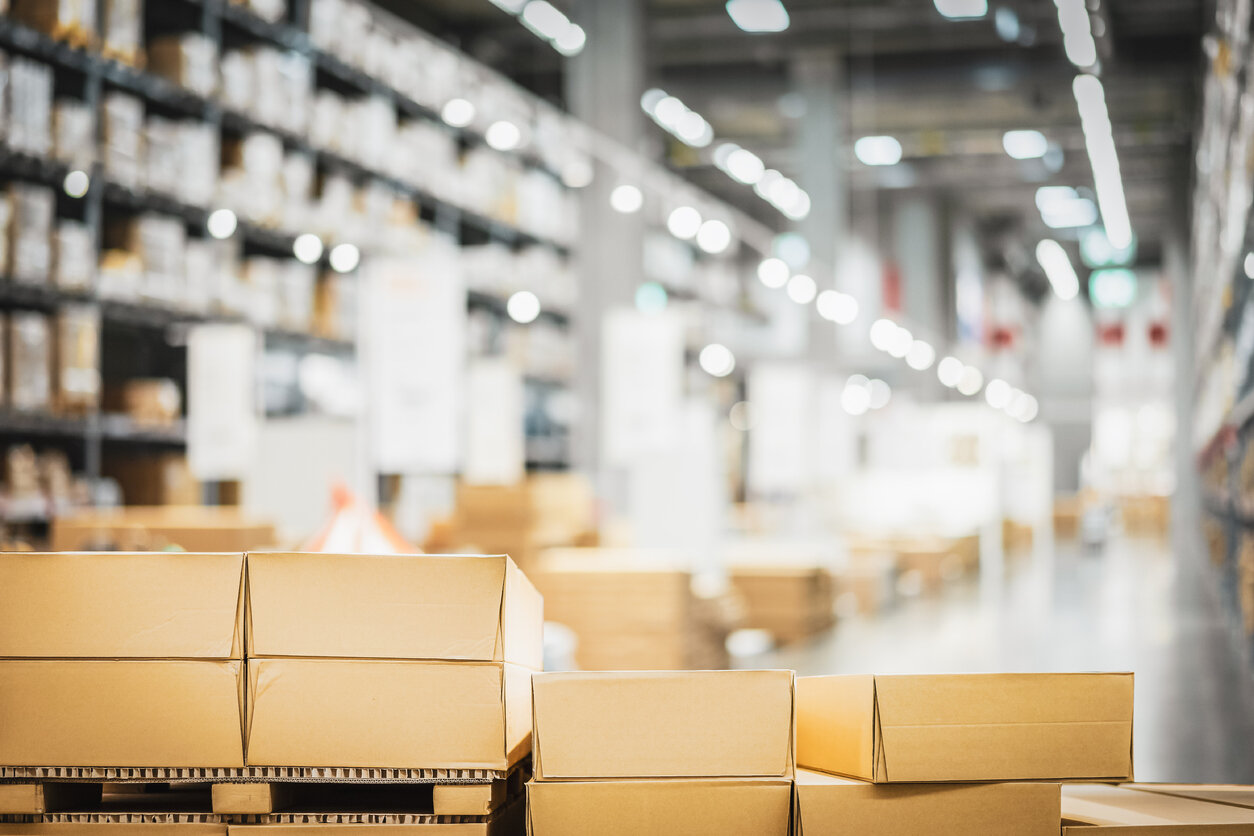What Shared Truckload Shipping Means to the Future of LTL and FTL (8/19/24)
For years, businesses have relied on less-than-truckload (LTL) and full-truckload (FTL) shipping to get their goods to customers. Now, however, shared truckload shipping could change the industry for the better.
Key takeaways
-
LTL is inefficient because of the many stops and transfers
-
FTL shipping is direct, but often needlessly expensive
-
Shared truckload is a new way to combine the best aspects of both methods
Anyone in logistics knows that transporting goods from one location to another is full of challenges. You must worry about costs, for starters, including negotiating vendor contracts, worrying about surcharges, and identifying the most efficient routes. You also have to consider the shipping type that works best for you, as there might be times when your goods require a full truck and others when you need significantly less space.
The problem is that both LTL and FTL shipping are full of inefficiencies that increase your operating costs and, therefore, reduce your profits.
A new model is emerging called “shared truckload shipping,” and it promises to alleviate many of the issues associated with LTL and FTL shipping in the future.
Here's a look at how shared truckload shipping can help your business.
The inefficiencies of LTL shipping
On the surface, LTL shipping makes a lot of sense. The idea is that you can buy space on a large truck rather than paying for the entire truck, which can save you money.
However, this method has some inefficiencies, starting with how your goods actually end up at their destination. In many cases, the truck you load with goods at your warehouse isn't the one that arrives at your destination city.
That's because LTL shipping uses a hub-and-spoke distribution network to takes products across the country. If you're sending goods from New York to Los Angeles through an LTL network, there's a chance some items on the truck will be heading to places like Chicago, Dallas, and Seattle. After departing New York, the truck will stop at multiple hubs on its route to drop-off some goods and pick up more.
If that particular truck's final destination isn't Los Angeles, your items will end up transferring to another truck at one of these shipping hubs. Your products could also sit in a terminal until a new truck comes along to continue their journey.
The result is a shipping process that takes far longer than other methods because there will be delays at every stop. Your goods could also take an inefficient route, depending on the hub cities they visit, and there's a greater chance of items going missing or incurring damage because more people are handling them.
There are also environmental concerns because LTL shipping leads to idling vehicles, empty spaces on trucks, and fuel-use inefficiencies.
LTL shipping might be your only option if you're moving relatively small shipments, but its problems can cause frequent headaches for your logistics team.
Problems with FTL
The other standard shipping method within the United States is full truckload. As its name suggests, this format involves using an entire truck to transport your goods from point to point. Once your products get to the right cities, a last-mile carrier finishes the job.
FTL's benefits are obvious: You have full control over the routing of your goods, so they get to their destinations quicker than they would when sharing a truck. There are also fewer people handling your shipments, so damaged or missing items are less of an issue.
However, you'll have to consider the cost of FTL shipping. Your organization will pay for the vehicle's entire trip, making it the most expensive way to transport goods. And with shipping costs expected to increase, this issue will become even more relevant to businesses of all sizes.
If you're moving enough of your products to justify FTL shipping, then the cost isn't as much of a worry, and, in fact, you'll find it more economical than LTL. But the only way to ensure you're getting the most for your money is to fill the truck every single time.
Many companies make the mistake of sending out trucks before they're full. As a result, you end up paying to ship empty space across the country and hurting your bottom line.
How shared truckload fixes these issues
Shared truckload shipping takes the positives from both LTL and FTL to create a hybrid transport method that eliminates many of the inefficiencies.
Shared truckload allows companies shipping along similar routes to share space on one truck. There will be multiple stops along the way, but your goods won't have to change trucks to reach their destination. This method is similar to an FTL service because products are loaded onto a truck and don't move until getting to their terminus.
Sure, this method takes a little more planning, but that's where logistics strategies come into play. And the payoff is enormous because your shipments will get to their destinations faster without the high FTL rates. You'll also have fewer people handling your goods, so there's less chance of items getting lost or damaged along the way.
Excellent service at lower rates might be reason enough to give shared truckload a try.
Finding the right solution
Every organization has different shipping needs, and yours could change from year to year or even month to month. As a result, having the most up-to-date information at your fingertips ensures that your logistics operations run efficiently, improving shipping times, and reducing their costs.
Resource Logistics Group will provide your organization with the necessary information to make efficient logistics decisions. Our team of advisors will support your back-office staff as the transport industry evolves, helping you find solutions that save money. Contact us today for a free benchmarking analysis of your LTL and FTL pricing and contracts.



